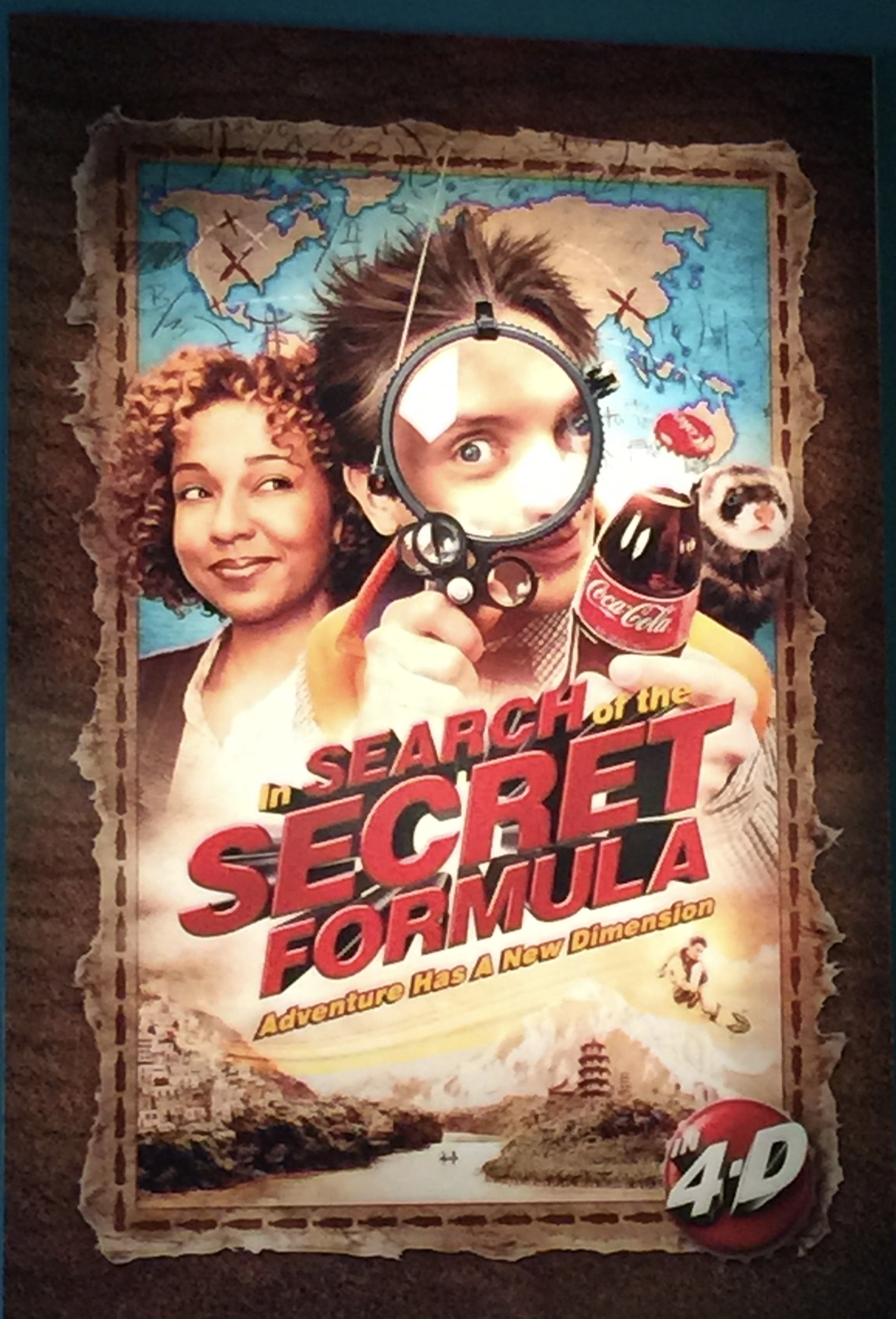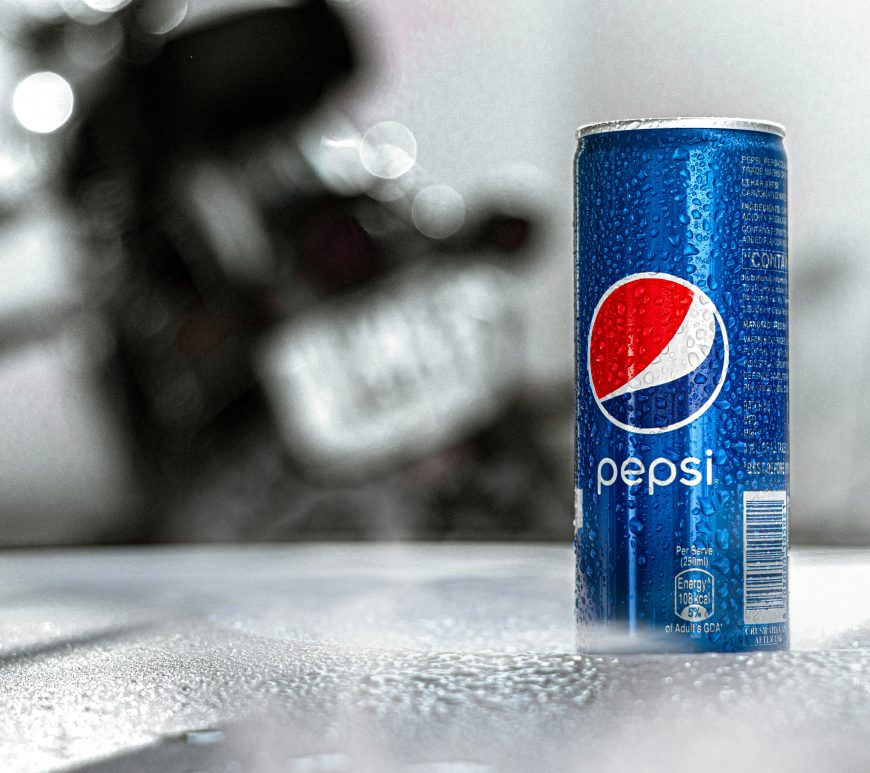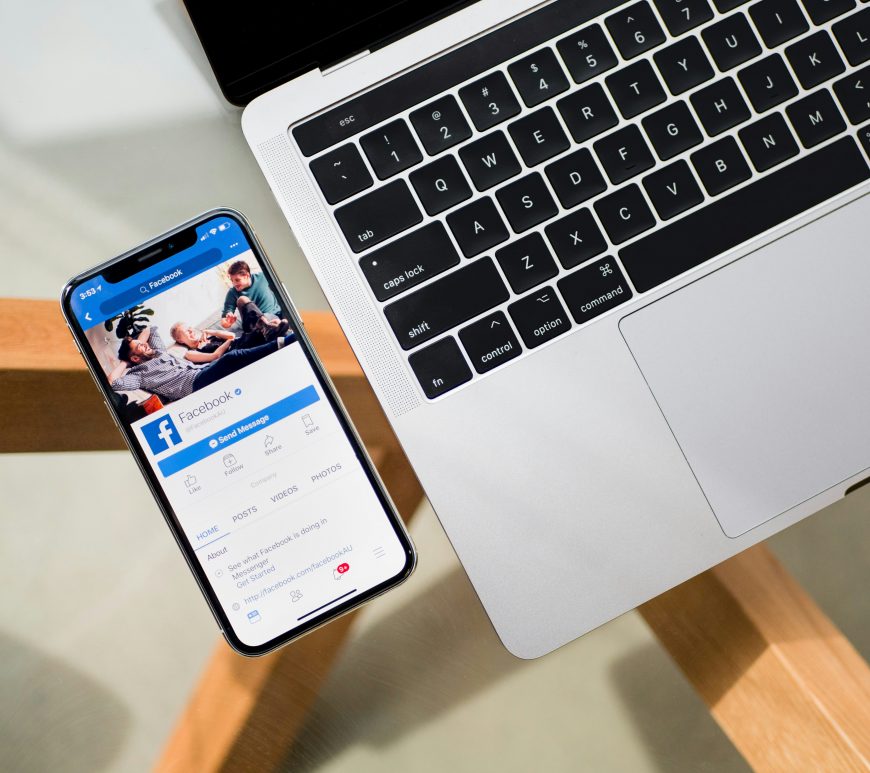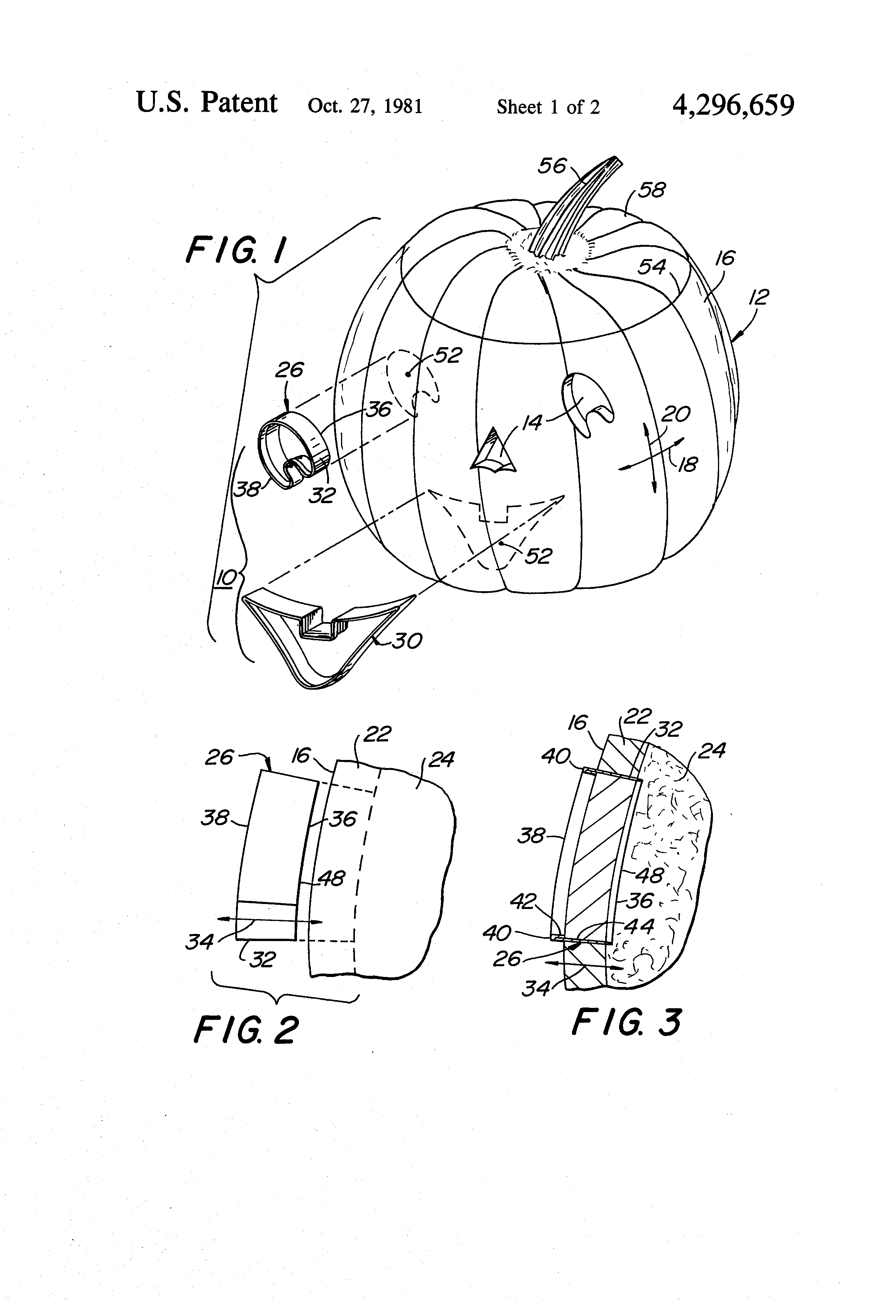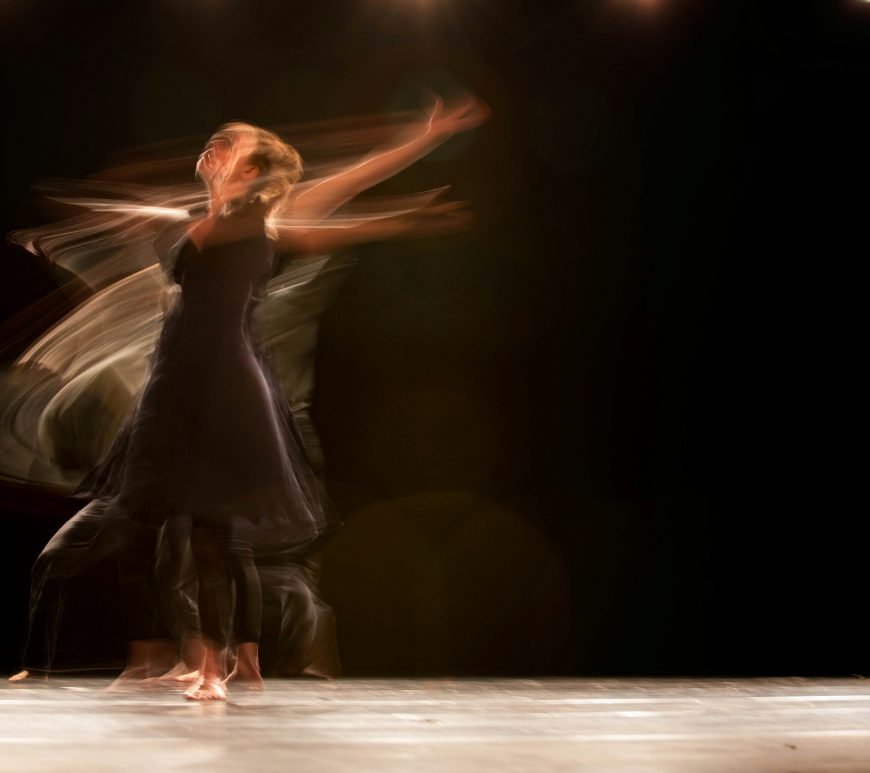
Dancing into Intellectual Property Law
I unknowingly have been interested in intellectual property law, specifically copyright law, since I attended dance classes as a child. When I was about 10, I began to wonder why certain songs were chosen and others were not for our annual productions. Why could we perform to Michael Jackson songs while wearing white, sparkly gloves, but we were not allowed to dance to Disney songs from “The Lion King.” Continue reading “Dancing into Intellectual Property Law”
